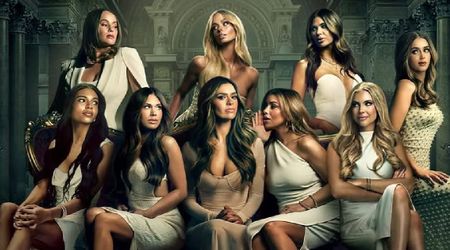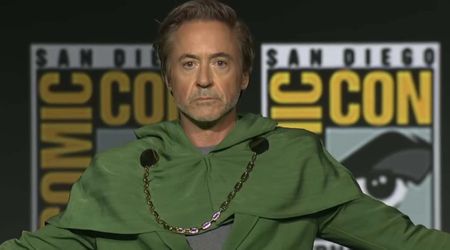'The Trial of the Chicago 7': What is Radical Left? Here's how the movement evolved from 1960s to Trump era

Aaron Sorkin's latest political drama, 'The Trial of the Chicago 7', — out now on Netflix — may just as well be a commentary on the state of politics. Rather, the film is set in 1969, at the height of the counterculture movement of the 1960s in the United States, as separate movements came together — the Black freedom movement, second-wave feminism, the Chicano movement and anti-war protests. It was a time when these protests were viewed as a war on traditional American culture with young people breaking away and distrust in the government was growing. This anti-establishment phenomenon was viewed as the counterculture movement and it gained momentum as people protested against the Vietnam War and equal rights for all.
Of course, not everyone viewed these movements for equal rights favorably and a collective, seemingly derogatory term was developed to refer to these movements — a term that many of us are familiar with today. Those who fought on the side of the counterculture movements were termed as radical leftists and came under attack because they were seen to threaten the American government and way of life.
The left movement of America began much before, of course, but it was not until the 1960s that it was seen as a real threat to the establishment. A socialist party, under the charismatic leadership of Eugene Debs, emerged in the early 1900s but had only mild success in an electoral environment hostile to third parties. Later, the Great Depression in the 1930s once again brought up the socialist fervor in the country — fueled by the communist Soviet Union's immunity to the recession. However, after the Second World War, when the Cold War began to heat up, the Soviet Union began to lose popularity and persecution of anyone seemingly sympathetic to it was common.

After the war, Senator Joseph McCarthy used the Smith Act to launch a crusade (McCarthyism) to purge alleged communists from the government and the media. In the 1960s, the FBI's COINTELPRO program monitored, infiltrated, disrupted and discredited radical groups in the United States. Even so, the aforementioned movements saw the growth of what was viewed as the Radical Left.
The Civil Rights Act and the Voting Rights Act began to break down segregation, while other legislation introduced affirmative action for minority groups in employment and in education. During the mid-1960s, a series of events — including John F Kennedy's assassination (and the later assassinations of Robert F Kennedy and Dr Martin Luther King Jr), the murder of Civil Rights activists in the South, and the mounting escalation of what was already seen to be a futile war in Vietnam — spurred the growth of a new left movement. As the Vietnam War raged on, a loose coalition of radical activists brought about the broadest and most diverse antiwar movement in the country's history. Never before had a single movement pervaded nearly all sections of society, from elite Ivy League universities to working-class community colleges and high schools.
Unfortunately, after the 1960s, the movement began to lose momentum. King's assassination and activities by the government and the FBI led to the demise of the Civil Rights movement and organizations such as the Student Non-Violent Coordinating Committee (SNCC) and the Students for a Democratic Society (SDS) collapsed from increasing distrust of communism and sectarian excesses.

The left movement continued in the United States through the 1970s, 1980s, 1990s and 2000s, but it had not been as strong as it was in the 1960s. That is until Donald Trump was declared the winner of the 2016 Presidential elections. The nearly four years of Trump's presidency combined with the increasing turmoil in the country culminating in 2020 has led to a resurgence of the left movement in the United States — so much so that during his July 4th speech this year, Trump vowed to defeat "the radical left, the anarchists, the agitators".
In fact, the rise of socialism in the United States cannot be better explained than the growing popularity of Senator Bernie Sanders and Congresswoman Alexandria Ocasio-Cortez, the latter who became the youngest woman ever elected to Congress after running on a democratic socialist platform in 2018. After the election of Trump, Democratic Socialists of America, the largest socialist organization in the US, saw a huge resurgence in growth.
But that is a different left movement than the one that is being referred to by Trump and most Republicans. The group that is often associated with left-wing extremism is the Antifa (short for Anti-fascists). But can they be termed a terrorist organization? According to The Conversation, "While Antifa has previously engaged in low-level violence, such as street skirmishes and obstructing right-wing demonstrators, it lacks organizational coherence and a meaningful command structure."
'The Trial of the Chicago 7' is now streaming on Netflix.










